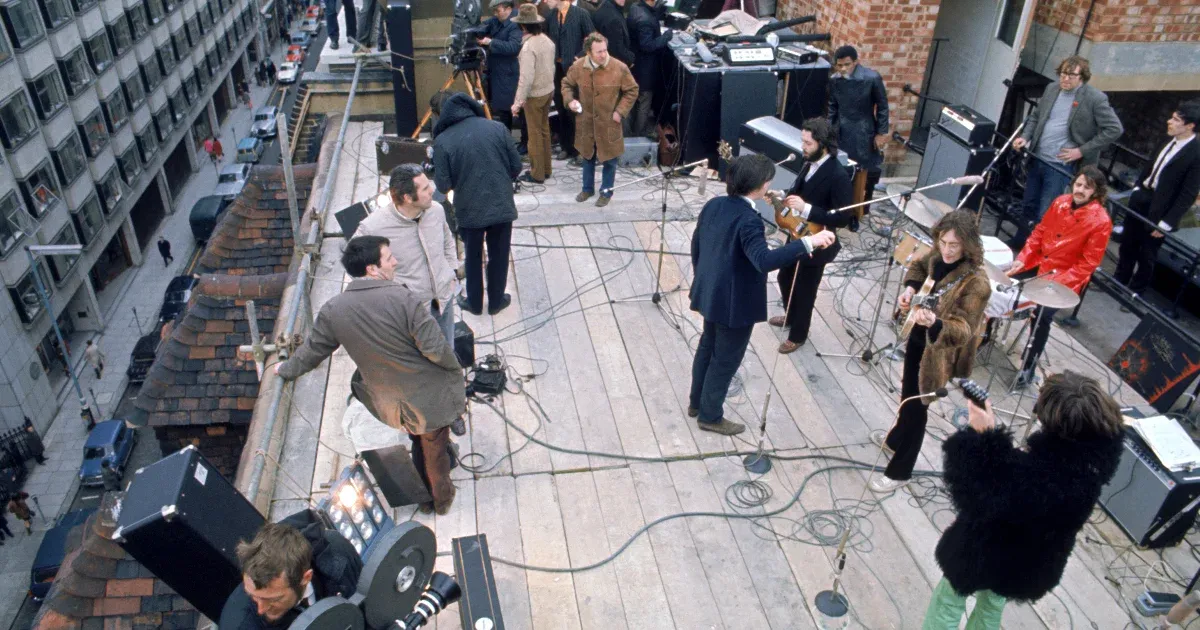The spelling is completely arbitrary. So there is a central body in Hungary, the Spelling Committee of the Institute of Linguistics of the Hungarian Academy of Sciences, which regulates how to write correctly by issuing spelling regulations in Hungary. The most recent edition of the Hungarian spelling grammar was published in 2015, so it’s called. That’s what I came up with when I tried to figure out how to correctly write toponyms with the -i adjective.
Back in elementary school, we were taught that geographical names should be capitalized, but I don’t remember – although this is probably only a defect – that the teacher mentioned that the former can be divided into two groups: single and plural – names of the elements. While single-element geographic names are always capitalized (ex: Budapest), multi-elemental names can be written together (ex: Transdanubia), with a dash (ex: South America), or even separately (ex: : Villányi út).
If this isn’t complicated enough, the -i adjective suffix can be associated with a geographical name in a variety of ways, which are subject to a number of rules.
If anyone single item To a geographical name (for example: Europe) we add the suffix -i , starting the resulting word with a lowercase letter (for example: European). We have to do the same thing even if it is – me Multi-element It is associated with country names (ex: Magyarországi), part-state names (ex: Dunakanyari), landscape units (ex: Kárpátaljai) or area names in Hungarian (ex: Békásmegyeri).
the Geographical names are written with a dashOn the other hand, the rule is different: if the prefix (that is, the first half of the word composition) is a proper noun (eg: Balaton-felvidék), we must keep the capital letter (Balaton-felvidéki). I hope you’re still with me, because now the base is getting really complicated. Therefore, if the situation is the opposite of the previous case, that is, the suffix (the second half of the word formation) is a proper noun (eg: Holt-Tisza) and the prefix is a common noun (here: dead), then all elements of the suffix -i begin with a lowercase letter ( Ex: Holt-Tiszai). In order not to oversimplify it, in this case a proper noun can be used instead of a prefix, so that even in the case of a geographical name composed of several proper nouns, all members of the -i suffix are written in the lower case (eg: Gyor Mosson Soproni).
If between two geographical names that range from something to something relationshipWe want to express t – say the train traveling between Budapest and Vienna -, we join them with a dash, and in the case of -i, we write both members in lower case (eg: Budapest-Vienna trip).
Is there more, shall I say more?
the Country names We write all its members separately, in capital letters – it is And Except – like the UK. If we connect the -i suffix to the state name, we usually start the component members with a lowercase letter (United Kingdom), but if any element is considered a proper noun (eg: Republic of San Marino), we leave its capital letter (Republic of San Marino). It’s the same situation Institution namesKeel: It is And Except, all of their components are capitalized (ex: National Museum), while their inflection form -i starts with a lowercase letter (National Museum), if they are not proper nouns (Ex: Madách theatre).
Astronomical names When writing stars, constellations, planets, moons, etc., start with a capital letter. Nouns (eg: Milky Way, Merkúr), whose forms -i are written with a lowercase letter (Milky Way, Mercury).
In the case of railway stations, bus stations, airports, cinemas, hotels, restaurants, espresso shops, shops, bathhouses, cemeteries, and residential parks, the member’s proper name (eg) is written in lowercase (eg Keleti pályaudvar). We write it after them without change (Keleti pályaudvari).
Now comes the point!
if foreign spelling To one-element toponyms (for example: Greenwich) we add the suffix -i, and we usually write the resulting word with a lowercase initial letter and without a hyphen (greenwichi). If a one-component foreign proper noun ends in i (ex: Helsinki), then naturally we write it only at the end of the past participle –i (helsinki / life /), and if it ends in y (ex: Coventry), then We directly connect the -i suffix with the word (coventryi). Exceptions to the rule are one-element foreign proper nouns whose last sound is marked by a two-digit letter (example: SidnHey), in which case the suffix is connected to the word with a hyphen (sidney-i). If the last sound of the proper noun is silent (eg: Seattle), the conjugation form -i begins with a lowercase initial letter and joins the proper noun with a hyphen (Seattle-i).
If the foreign noun consists of two or more separate elements (eg: New York), the suffix -i is always hyphenated at the end of the word, and the initials are preserved according to the basic form, thus Yorkie becomes the only correct form.
If you feel ready to take the spelling test, click on the image below!
Can you write correctly? Test your knowledge with our grammar quiz!








































